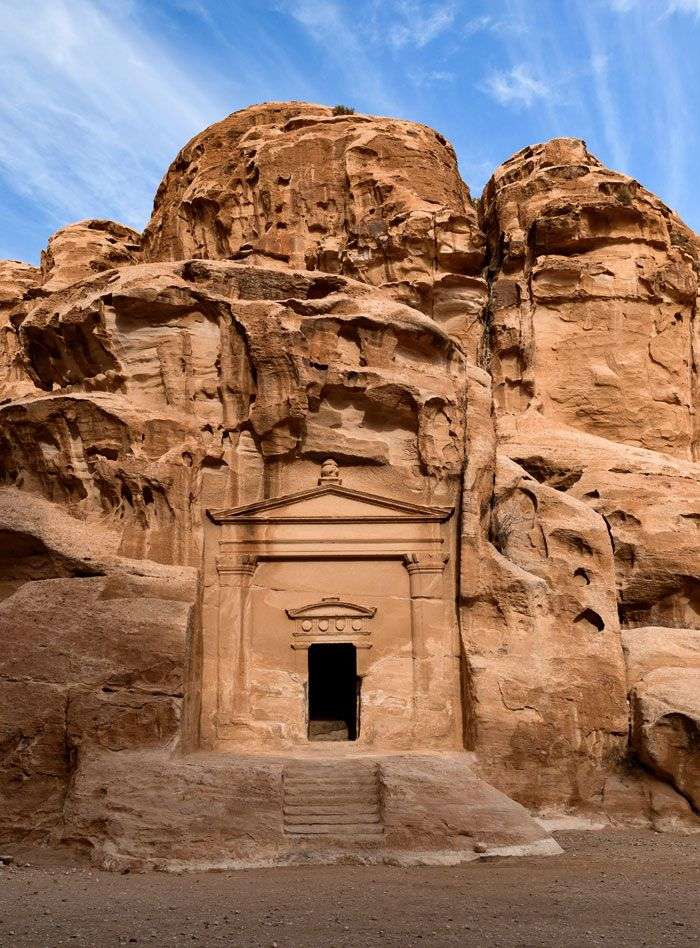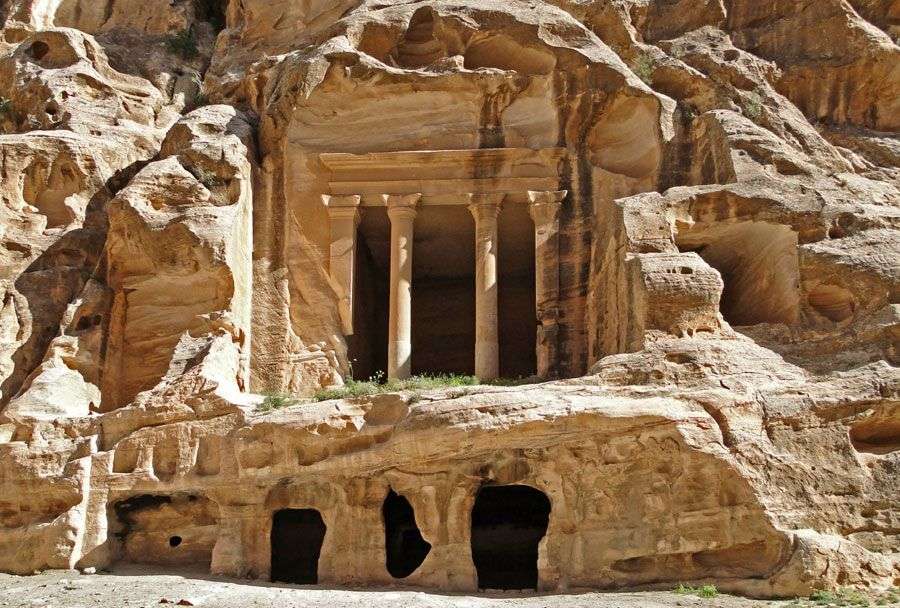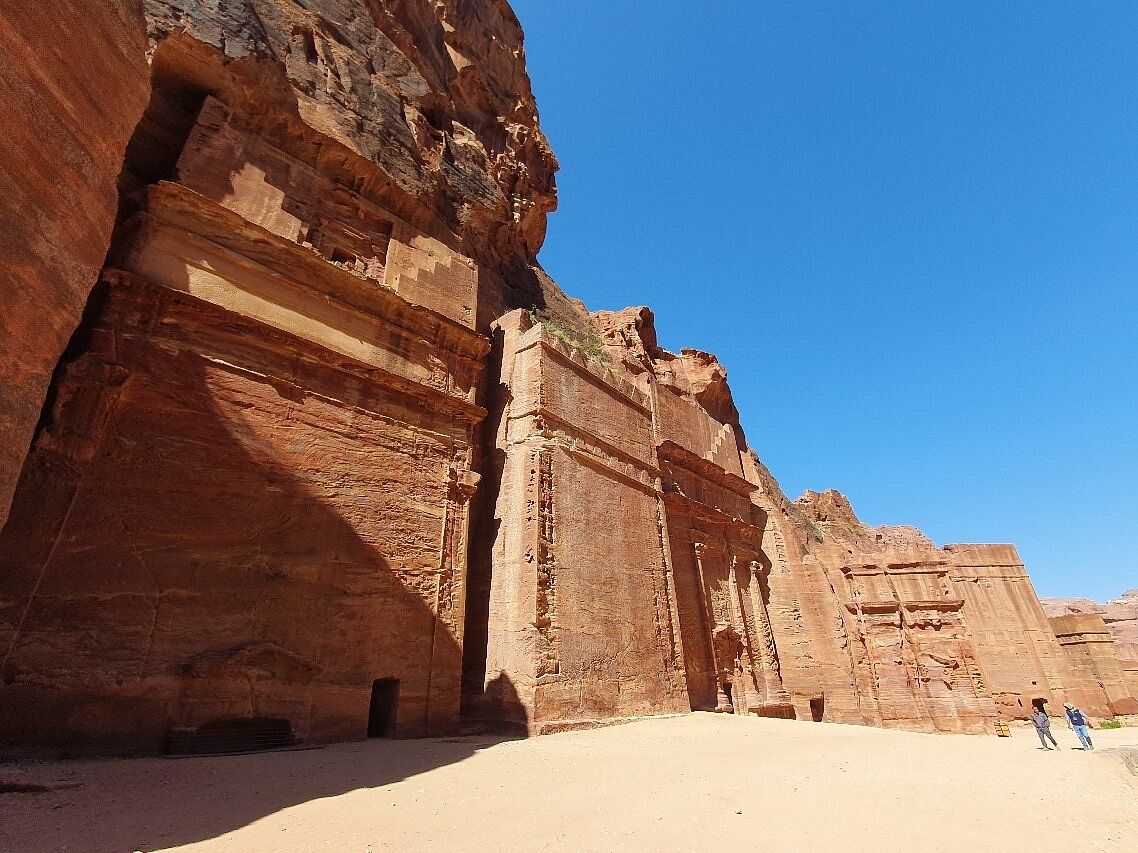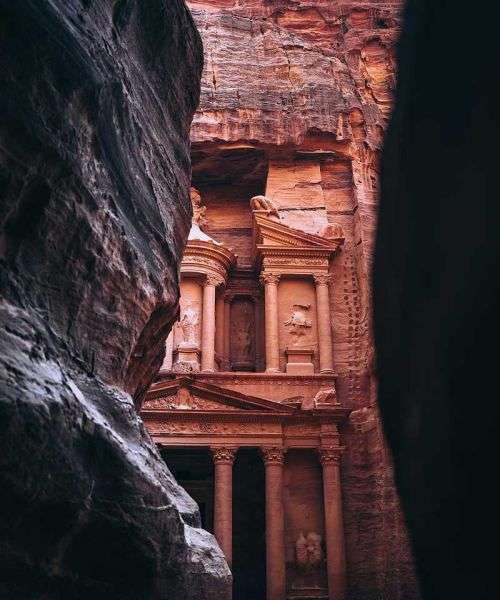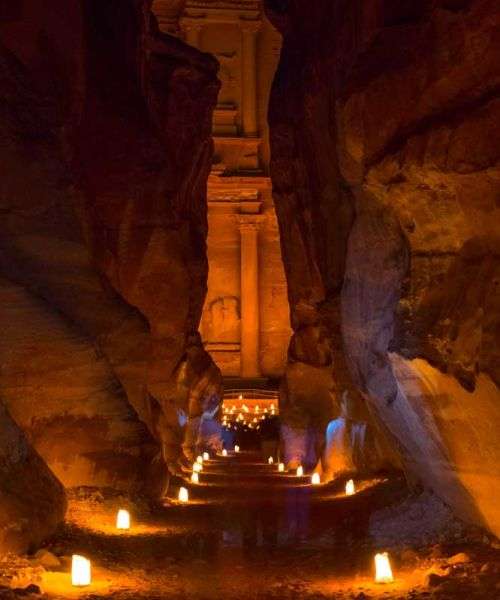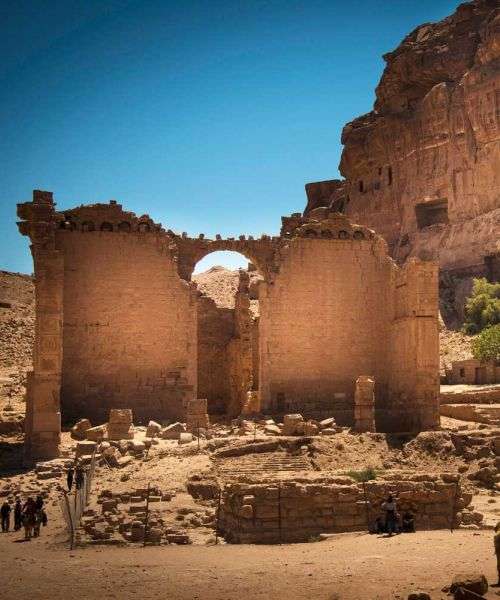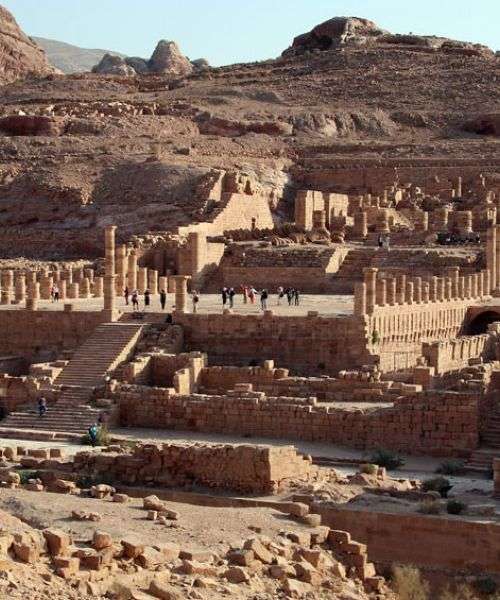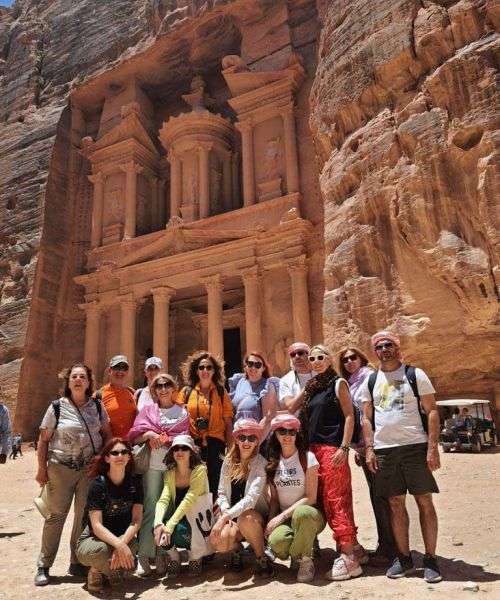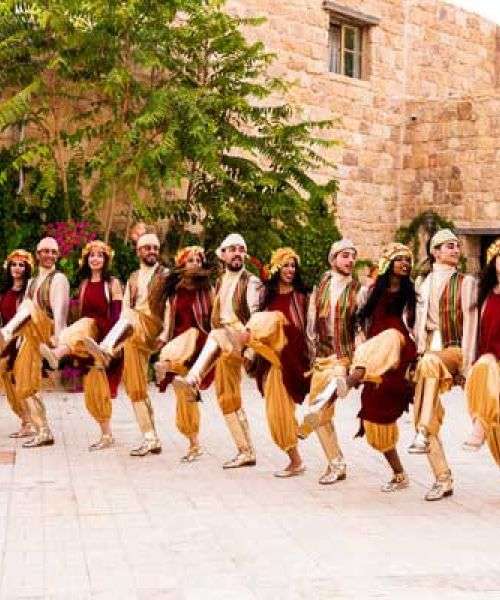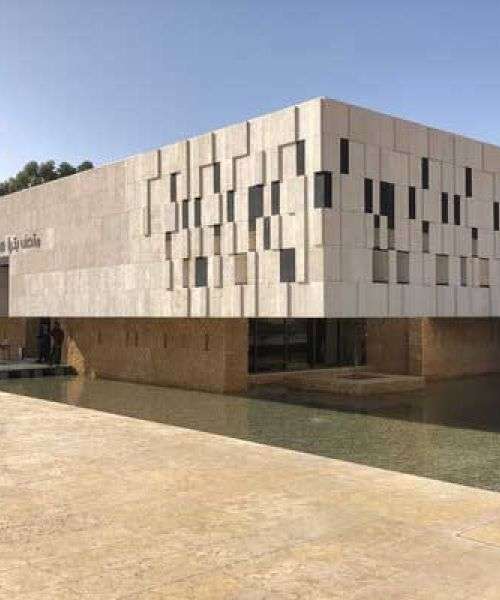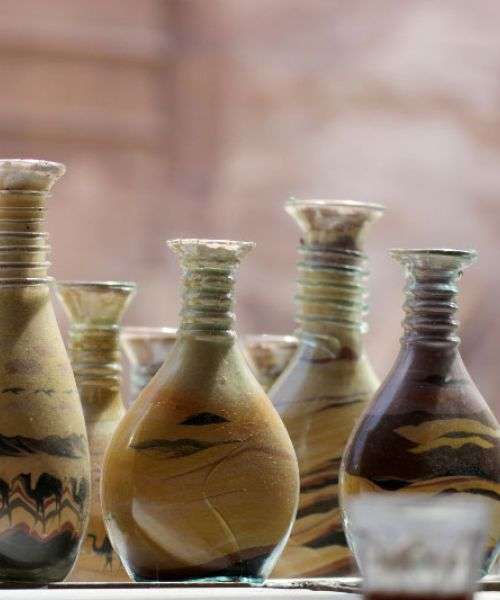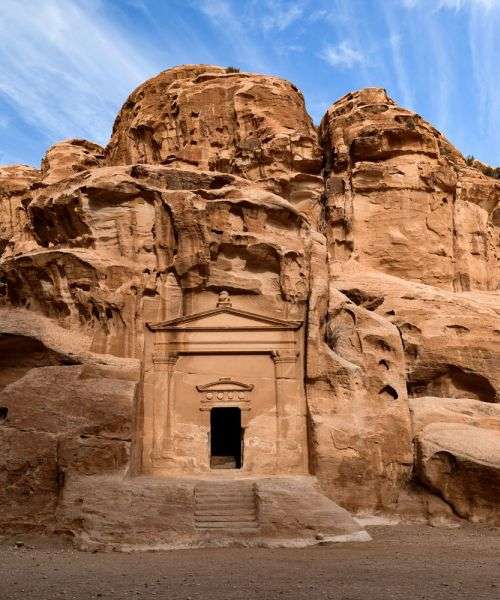Petra Delay load me Contact US - Request Booking
Contáctanos - Solicitar Reserva
Demander une réservation
Contattaci - Richiedi prenotazione
Discover Petra: The Lost City Revealed
The enchanting desert landscapes of Jordan are incomplete without the mesmerizing allure of Petra, the ancient citadel of the Nabatean Tribe. Nestled within towering rocky mountains, this hidden treasure is one of the New Seven Wonders of the World, captivating travelers with its timeless beauty and rich history.
A Journey Through Time
Your adventure begins with a walk through the Siq, a dramatic, narrow gorge flanked by towering cliffs. As you emerge, the iconic Treasury (Al-Khazneh) comes into view, its intricate facade glowing in the sunlight. But Petra’s wonders extend far beyond this famous monument. Explore ancient tombs, water channels, courtyards, and treasure chambers, each revealing the ingenuity and artistry of the Nabateans.
A Symbol of Jordan’s Cultural Heritage
Petra is more than just a destination; it’s a journey through time. This rock-cut city stands as a testament to the architectural brilliance of a civilization that thrived over 2,000 years ago. From the hypnotic Siq to the grandeur of the Monastery (Ad-Deir), Petra is a place where history, mystery, and natural beauty converge.
Why Petra is a Must-See Marvel
Whether you’re marveling at the Treasury, hiking to the High Place of Sacrifice, or experiencing the magical Petra by Night, this ancient city offers an unforgettable experience. As a UNESCO World Heritage Site and a symbol of Jordan’s rich heritage, Petra continues to captivate the world.
Plan your visit to Petra and uncover the secrets of this ancient wonder, where every corner tells a story of a civilization lost in time.
The ancient city of Petra is one of Jordan’s most cherished national treasures and its best-known tourist attraction. Carved into rose-red sandstone cliffs, this UNESCO World Heritage Site and one of the New Seven Wonders of the World captivates visitors with its breathtaking beauty and rich history.
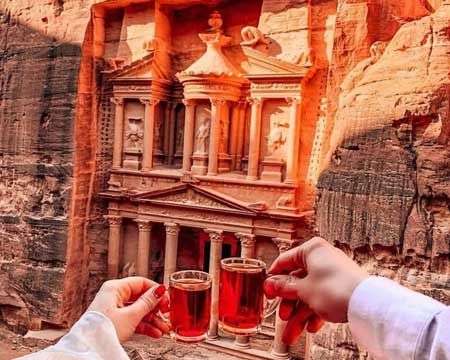
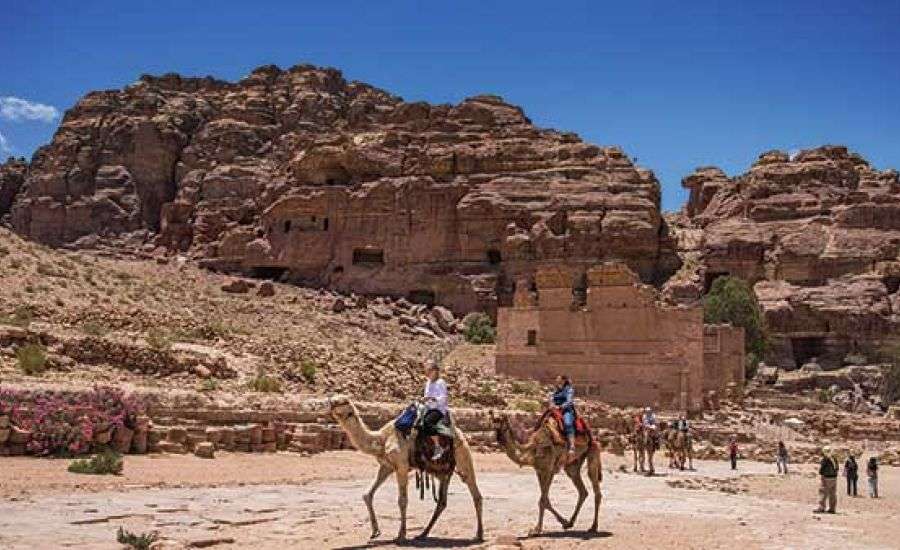
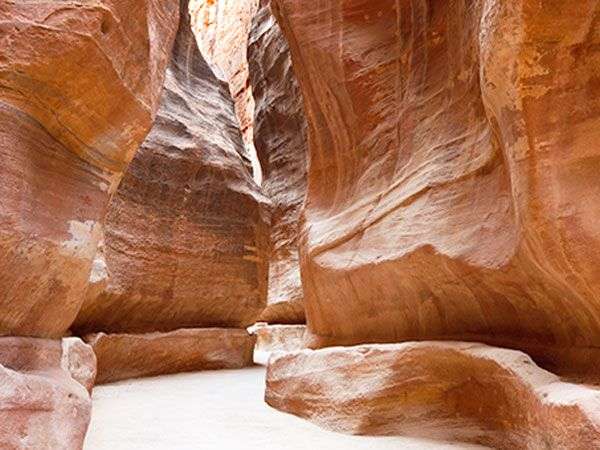
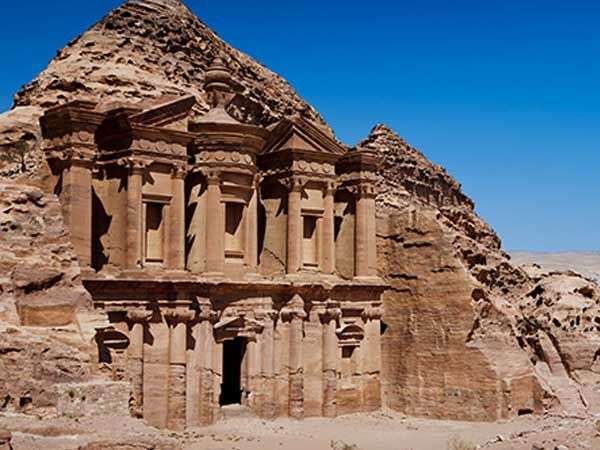
Petra: Jordan’s Crown Jewel and a Testament to Human Ingenuity
Petra, Jordan’s premier tourist destination, is a breathtaking testament to human creativity and ingenuity. Carved into rose-red sandstone cliffs, this ancient city showcases the architectural brilliance of the Nabateans, who transformed it into their capital over 2,000 years ago.
The Magic of Petra
-
Hidden Wonder: Nestled behind rugged mountains, Petra’s rock-carved city exudes a mysterious charm that captivates every visitor.
-
The Siq: Begin your journey through the Siq, a narrow, winding gorge with towering cliffs that create a dramatic and atmospheric approach.
-
The Treasury (Al-Khazneh): As the Siq opens, the iconic Treasury comes into view, its intricate façade glowing in the sunlight.
A City of Grandeur
Beyond the Treasury, Petra unfolds with monument after monument, from royal tombs to ancient theaters. The textured sandstone cliffs and stunning landscapes provide a breathtaking backdrop to this archaeological marvel.
A Legacy of Creativity
Petra’s grandeur reflects the creativity and industry of the Nabateans. Today, it stands as a UNESCO World Heritage Site and one of the New Seven Wonders of the World, inviting travelers to step back in time and marvel at its timeless beauty.
Discover the Magic of Petra: A Timeless Wonder
Petra, Jordan’s "Rose City," is a breathtaking destination that leaves visitors in awe. This UNESCO World Heritage Site and one of the New Seven Wonders of the World is renowned for its monumental rock-cut architecture, vibrant sandstone hues, and dramatic desert landscapes. A must-visit for history buffs, adventurers, and photographers, Petra offers an unforgettable journey into the past.
Travel Tips for Visiting Petra
-
Stay Hydrated: Carry plenty of water to combat the desert heat and avoid dehydration.
-
Best Times to Visit: For stunning photos and cooler temperatures, visit during early morning or sunset.
-
Dress Smart: Wear lightweight, breathable clothing, comfortable walking shoes, a hat, and sunscreen for protection.
Did You Know?
Petra’s iconic beauty has graced the silver screen, including in Indiana Jones and the Last Crusade, showcasing its timeless charm to the world.
Plan your visit to Petra and immerse yourself in the magic of this ancient wonder, where history, nature, and adventure converge.
Discover Little Petra: A Hidden Gem Near Petra
Little Petra, known locally as Siq al-Barid ("The Cold Canyon"), is a captivating archaeological site located just north of Petra in Wadi Musa, Jordan. Though smaller in size, it offers a quieter, more intimate experience, showcasing the grandeur of the Nabataean civilization.
Highlights of Little Petra
-
Rock-Cut Architecture: Explore a 450-meter sandstone canyon lined with carved chambers and buildings, offering a glimpse into Nabataean ingenuity.
-
Historical Significance: Built in the 1st century CE, Little Petra likely served as a suburb of Petra and a resting place for Silk Road traders.
-
Ancient Frescoes: Don’t miss the biclinium (dining room), adorned with 2,000-year-old frescoes depicting grapes, vines, and putti in vibrant Hellenistic style. These rare paintings are among the finest examples of ancient art.
Why Visit Little Petra?
As part of the Petra Archaeological Park and a UNESCO World Heritage Site, Little Petra provides a serene alternative to the bustling main site. Its tranquil atmosphere and remarkable artistry make it a perfect addition to your Petra itinerary.
Plan Your Visit
Free to enter and easily accessible, Little Petra is ideal for travelers seeking to explore Jordan’s rich history without the crowds. Whether you’re a history enthusiast or simply looking for a unique adventure, Little Petra is a hidden gem waiting to be discovered.


